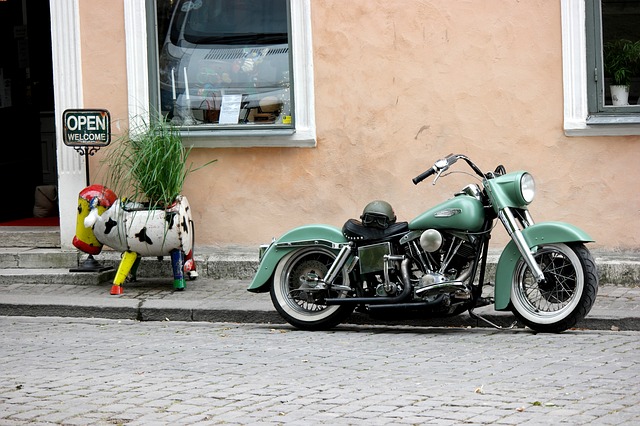How to Choose an Open Helmet for Moto Riding
Image by R0BotiikkaA from Pixabay
Whether you are a professional motorcycle rider or an enthusiast who can barely start the engine, you should know about the importance of safety. Despite the beautiful image of reckless riders Hollywood has created, wearing protective gear is a cornerstone of your well-being. And the first thing you should gear up with is a helmet (see yourmotobro.com for more information).
You might already know that helmets vary, coming in various shapes, materials, and, of course, with different purposes. Choosing an open helmet is like deciding what to wear to a dinner party; besides, it saves your life. Now, let’s see what a good open helmet should look like.
Open Helmet Characteristics & Tips
There are a couple of things to consider before buying headwear. Here, you cannot get a helmet with all the best features packed in one item. Some of them are heavier, providing more protection, while others are lighter but with more breathability. All of them create a piece, which guards against the weather and possible damages, but it takes time to pick.
Purpose
The first thing you need to give a thought to is what a helmet is for. If you are intended to wear it regularly for commuting or occasional rides, then a smaller, less durable piece might just work. Don’t worry; it will still ensure the protection of your head, but its weight and toughness are to be reduced.
On the other hand, riding at high speed or racing with other fellow bikers require a different type of gear. Consider the fact that the faster your touring is, the more protection you need. It’s better to avoid versatility if you have a single purpose for your bike, like racing, cruising, and so on.
Shell
As for material, you have an array to choose from. Ranging from less expensive to more, the most expensive, you can pick a helmet that suits your budget and needs. Normally, there are three main materials, such as polycarbs, fiberglass, and carbon-fiber blend.
The former is the least expensive option, but it is known for its flexibility and kinetic-energy absorption. For fiberglass, you will pay more, but the material not only bends but also cracks, which reduces the overall damage intake. Meanwhile, carbon fiber is the most costly among them all because it facilitates the power input distribution.
Besides the three, there is EPS, which is a modern foam-based substitute. It has similar properties to the latter, but it’s cheaper and normally laid inside a helmet. However, most people prefer the classic three that have been proven useful as a means of protection in the last 30 years.
Weight
To fit nicely, you need to pick a weight that feels right on your head. The normal range is between 3lbs and 4lbs. The difference here is in the fitting. A helmet that fits your head right can spread the weight and damage more evenly, causing less impact on your neck bones and skull.
Other features
Modern helmets include a great deal of padding to reduce the collision impact. Also, there are features that provide safe entry to your head once the helmet is cracked. Besides, the MIPS technology allows for balancing your head and preventing bouncing upon a collision. It’s great for people whose neck bones are weaker since the technology softens the impact, preventing neck rotations.
Allow Yourself to Be Safe While Riding
Now that you know that choosing an open helmet gets easier once you are aware of the options, you can make a decision. Don’t forget to acquire headwear that will be more than just an accessory. After all, it saves lives, doesn’t it?

